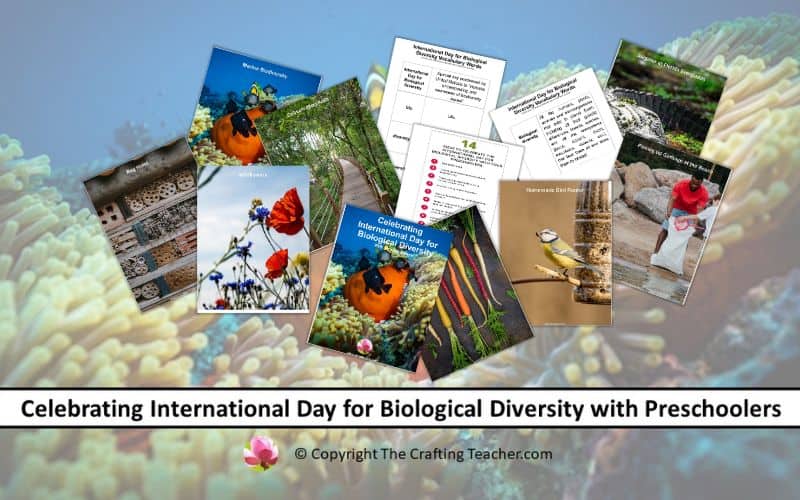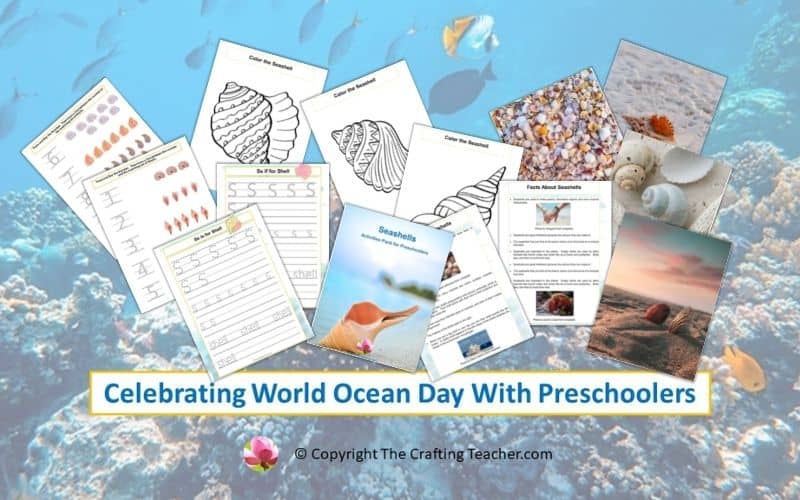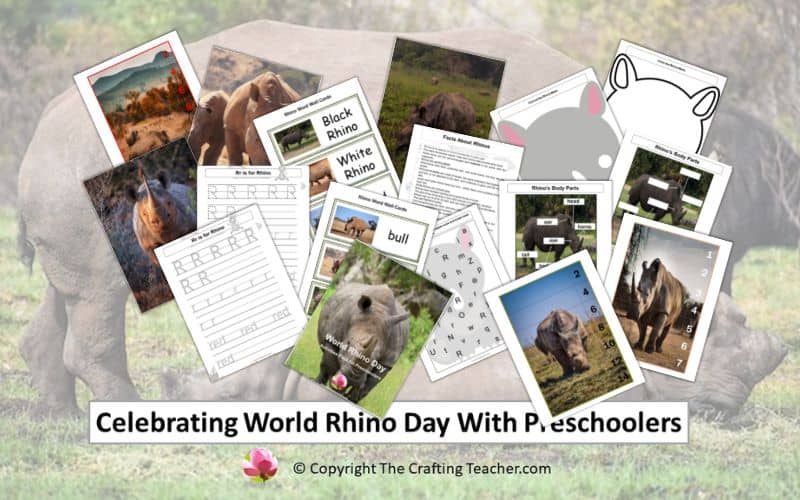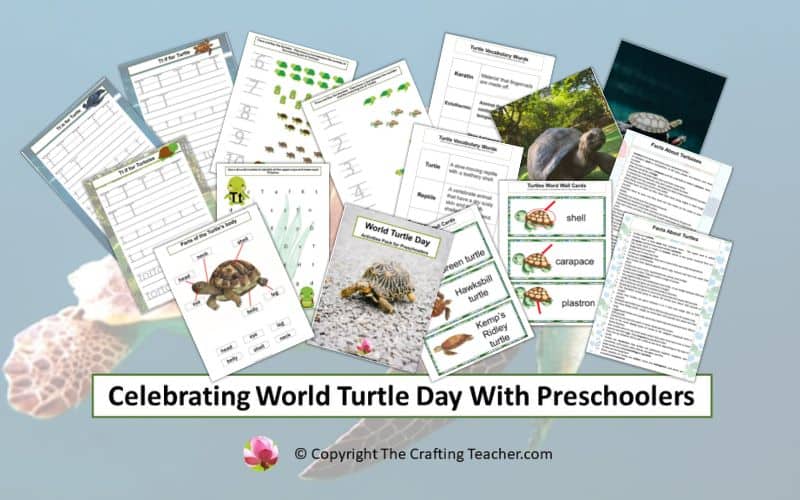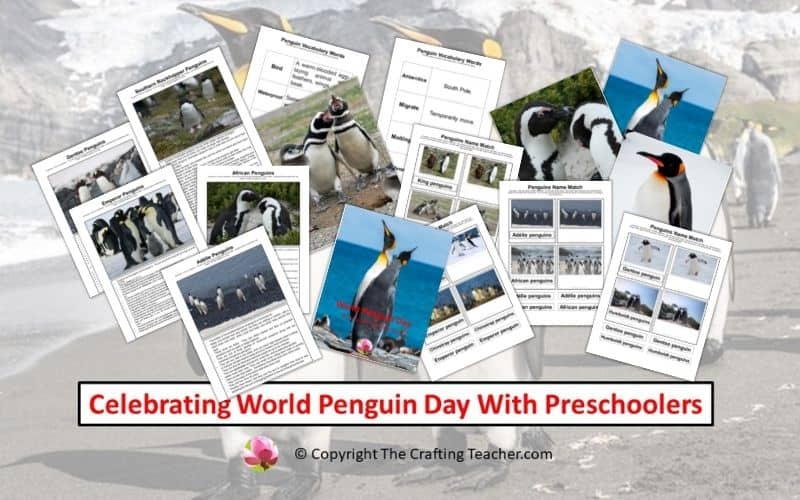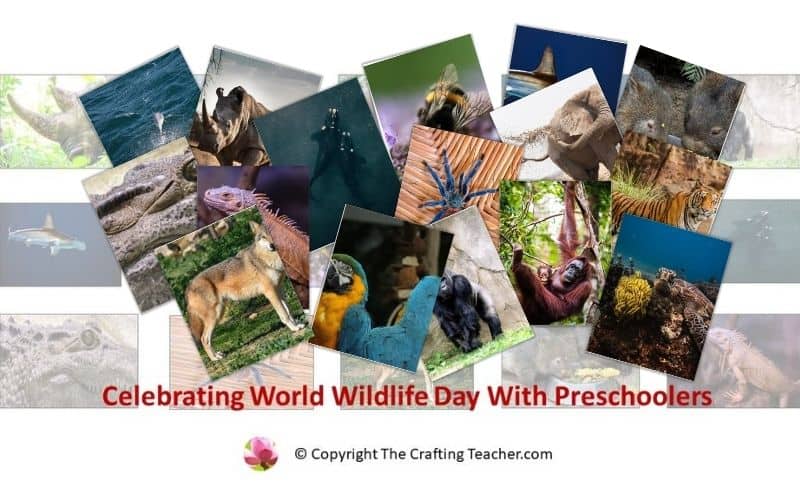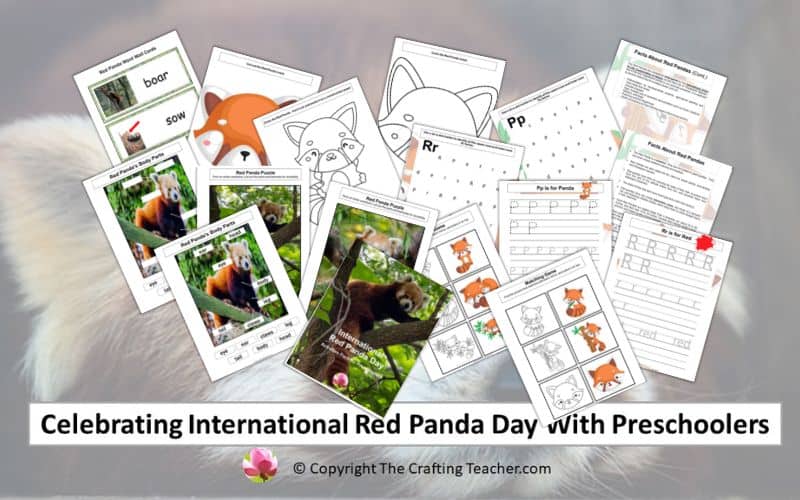Celebrating the International Day for Biological Diversity
Affiliate Disclosure: “This post contains affiliate links, which means I receive a small commission, at no extra cost, if you make a purchase using those links.”
The International Day for Biological Diversity, also known as the World Biodiversity Day, is celebrated every year by all the countries that are United Nations members on May 22 and was proclaimed by the United Nations to “increase understanding and awareness of biodiversity issues” which leads to ecological imbalance, and emphasize the tremendous need for the peaceful coexistence of all species on planet Earth.
But what does biological diversity mean? To understand better what this phrase means we have to explain what biodiversity means first, divided into its components, bio, and diversity. To use simple definitions appropriate for preschoolers we can define “bio” as life and “diversity” as a variety of different things. Putting both definitions together we can say that “biodiversity” means a variety of different types of lives, which means all the things that are alive (flora and fauna).
Parting from the definition of biodiversity, we can define biological diversity as all the humans, plants, animals, and microorganisms that exist on planet Earth, including all their genetic differences, breeds, species, and all the ecosystems (lakes, oceans, rivers, mountains, deserts, etc.), that host them all and allow them to interact.
Uffff! It’s a mouth full, but so important, because sometimes we humans forget that, as the dominant species, we have the power to force a positive impact on our planet but also can destroy it with all the toxic practices that we do, which impact the biodiversity, threatening the existence of all the species that co-habitat with us.
Biodiversity is the foundation to correct health issues, lack of food, water security, air, and everything else on our planet, so all species can stay alive and thrive. Did you know that 20 percent of animal protein consumed by 3 billion people comes from fish, that over 80 percent of the human diet and plant-based medicines are provided by plants, and that biodiversity loss leads to diseases transmission from animals to humans and caused pandemics such as…. yes, you guessed it, the coronavirus?
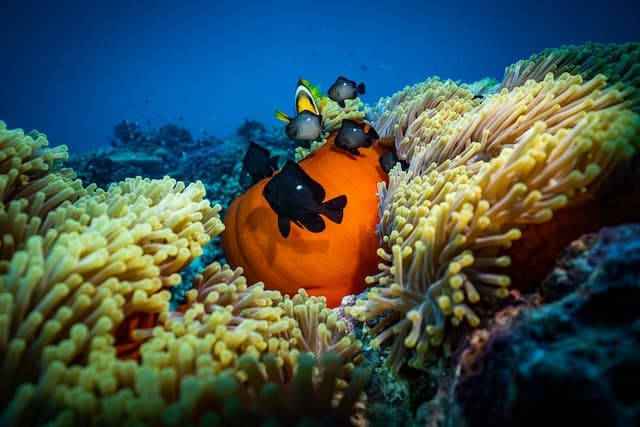
It is our responsibility to change our ways and do something to support wildlife conservation and protect endangered species in all our ecosystems to maintain the balance in their biological diversity for future generations and change the negative impact that we have created so far, to avoid turning our planet into one unable to sustain life.
To give you just one example… did you know that the monoculture farming that is being practiced in the world has led to very serious consequences, like the disappearance of an entire species of banana due to diseases? Yes, nowadays, almost the entire world consumes the same type of banana, which is different from the banana that was consumed just decades ago. Crazy, right? And that is just one example! Without diversity, we are set up for this to happen all over again.
History of the International Day for Biological Diversity
This day started in 1991, when the Second Committee of the United Nations General Assembly declared the International Day for Biological Diversity, coming into effect on December 29, 1993, as the day selected to educate the entire world about the importance that biodiversity has, raising awareness about its deteriorating condition, and to celebrated the day the Convention on Biological Diversity went into effect.
Later on, in 2000, the United Nations changed this celebration to May 22, to avoid being minimized or disregarded by all the other winter holidays being celebrated across the globe, and declared the decade of 2011 to 2020, as the United Nations Decade on Biodiversity, which purpose is to “support and promote the implementation of the objectives of the Strategic Plan for Biodiversity and the Aichi Biodiversity Targets, to significantly reduce biodiversity loss”.
How to Celebrate the International Day for Biological Diversity
This celebration can be fun and educational for you and your preschoolers and can bring a great experience to your classroom and home. These are fourteen ideas you to celebrate this important day:
Get Informed
The only way for you to teach your children, families, and other members of your community about what is biological diversity and its conservation, is by knowing about it. Read articles about it and visit organizations in your area that are working to protect it.
Teach Your Preschoolers About Biodiversity
If they know how biodiversity impacts our lives and the entire world, they can become advocates and protectors in the future. It might be too late for some people to understand (or care) about it, but not for them. Maybe the future of our planet is in their hands, and it is our responsibility to help them understand that.
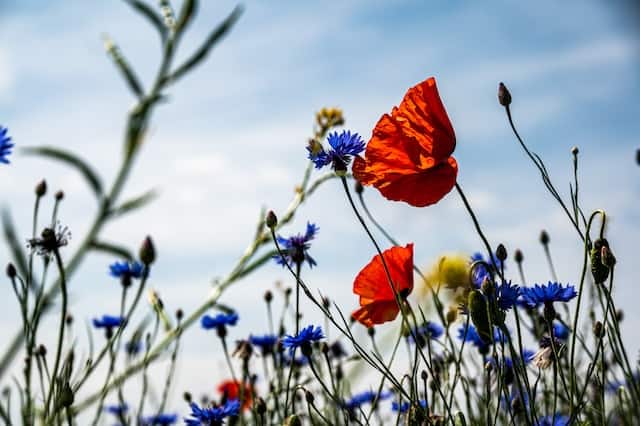
Take Your Preschoolers to a Conservation Area
Field trips are an excellent asset to teach your children because it gives them the opportunity to see, touch, smell, taste, and hear first-hand, which is a powerful learning experience.
Some of the places you can take them are a zoo, an aquarium, a museum, a nature park, a beach, a reserve, a protected forest, a far, a lake, a river, or a nature center. It doesn’t matter. All of these places have an amazing variety of life, from insects to wildflowers and everything in between. The important thing is for them to have the opportunity to learn about biodiversity.
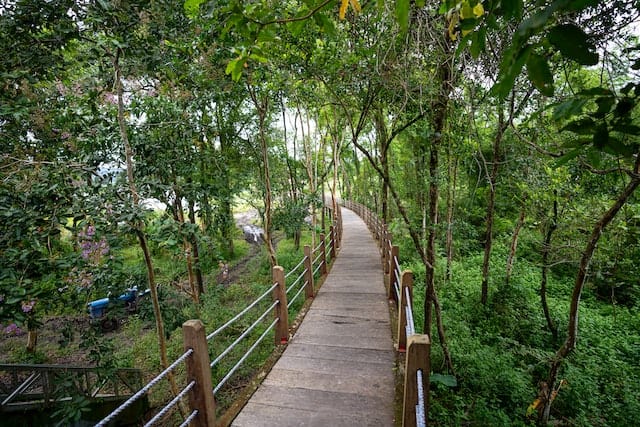
Create a Bug Hotel Together
Can you think of a better way to observe and study bugs than by creating a hotel for them? You can invite preschoolers to create a structure individually or in groups, that could be super fancy or very simple, depending on the available resources.
You will need 2-liter plastic bottles, tin cans, sticks, bark, pinecones, bricks, and any other materials that you can stack together, and wait for the insects to enjoy. These two nice videos can teach you how.
When you are finished, hang them in the playground or garden or place them on the ground among the plants, and wait for the bugs to find them. Now, every time you go out invite your children to visit their hotels and observe what bugs they see. When you can come back inside you can discuss their observations and have them draw the bugs they saw.
Host a Fundraiser for a Biodiversity Project
Find out which organization has a biodiversity restoration project in your community, and discuss with your preschoolers to decide together who is going to be the beneficiary of the fundraiser. Then decide in what way you are going to get those funds. It could be asking for donations, selling tickets for a raffle, or selling food, for example, but getting your children directly involved will make a huge difference. I promise you that.
Select a time frame for the event and, when is over, bring those funds or donations to your previously selected project, with a huge card made by your kiddos. You can even invite some of your families to accompany you with their children.
Take pictures and place them on your bulletin board and/or newsletter.
Make a Compost Bin for Your School and/or Home
A compost bin is an excellent science project to get your children involved in conservation, recycling, and learning about the biodiversity in your area. The first thing you need to do and explain to the children what is a compost bin and what is it used for.
All you need is a plastic container with a few small holes for “breathing” and a lid, water, soil, dead leaves, small twigs, bark chips, shredded paper, and kitchen scraps like coffee grounds, bread, egg shells, fruit and vegetable scraps without condiments, grass clipping, a shovel and Earthworms (optional). Mix everything and let it rot for a few weeks.
The organic material resulting, in the end, will be excellent for your school or home garden, to help improve the soil.
Invite an Expert to Talk to Your Preschoolers About Biodiversity
Contact a local farmer, park ranger, zoo keeper, veterinarian, or any other expert to come and talk to the children about what efforts he or she is doing to protect biodiversity. It could be planting crops respecting the native animals and plants in their area, participating in the reproduction of endangered species, or protecting forests from wildfires, for example.
Invite Your Families to Participate in a Biodiversity Exhibition
Each family can bring a photo or painting of their favorite animal, tree, or plant from the community that highlights the importance of biodiversity and provides benefits to the ecosystem.
The photos or paints should include a short explanation in writing about the impact that whatever they selected has on the biodiversity, and why they consider it matters.
You can display all their contributions and invite your families and members of the community to come and observe the exhibition. If you want to push it even further, you can even invite several community members to select the three best photos or paints and give them prizes that reflect conserving biodiversity, such as books. produce and seeds.
Feed Your Preschoolers New Types of Produce
Visit farmer’s markets in your area and research what type of new products they are offering, and serve them to your children. There are even carrots in many colors. That should be fun. It can bring a great experience about biodiversity to your lunchtime.
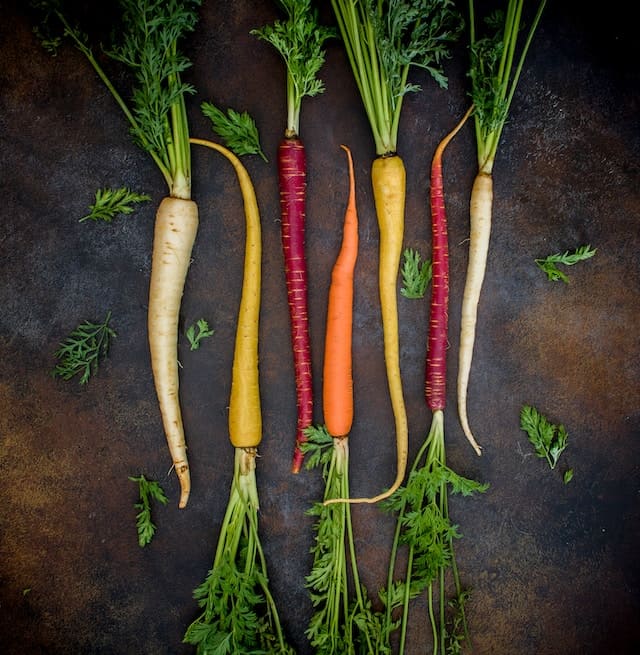
Plant a Garden
Children love to get their hands on the dirt and plant. Use this as a learning experience and invite your families to plant a vegetable and fruit garden. You can add heirloom tomatoes, juicy strawberries, green beans, eggplants, and anything that you can come up with. Children will love and learn a lot from the experience, and you can serve them the products of their labor during snack and lunchtime.
Don’t forget to research what type of pollinators, like bees, are native to your area, and plant some flowers and other plants among your vegetables and fruits to attract them. They will help you grow excellent crops and eliminate pests.
Make Bird Feeders
There are probably very few children and adults that don’t love watching birds, and it is always a good idea to attract them to your garden and supply food for them. One craft that children will love to make is bird feeders.
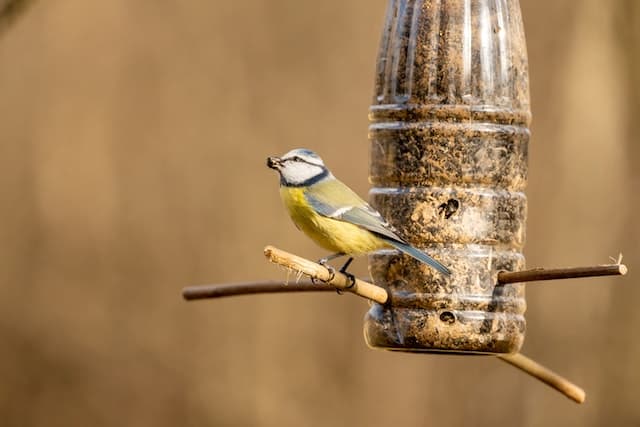
Ask your preschoolers to bring a small plastic bottle clean and dry from home. Have a pin, scissors, sticks, strings, and bird seeds ready.
- Have the children paint their bottles as they please, using tempera paint. Let it dry.
- Use the pin to make drainage holes in the bottom, around the sides of the bottle, and to start the rest of the holes.
- Use scissors to make two holes for the stick to fit through to make perch for the birds to feed, and repeat the process higher in the opposite direction for the second perch.
- Make a hole with the scissor on each side above the perch for the birds to feed through.
- Make small holes in the top of the bottle to pass the string through, and tie it in a loop, so it can hang on a branch or anywhere you want it.
- Fill the bottle with bird seeds and observe the birds that come to eat.
The children will love to watch the birds as they come to feed on their bird feeders, and you can use the opportunity to talk about their colors, species, and behavior. Attracting birds will also help your garden since they will eat flies, grasshoppers, aphids, and other pests that are not beneficial for your plants.
Hold a Community Tree Planting or Cleaning
Investigate what area in your community needs help, and invite your families and other members of your community to participate in the event. You can also ask your families, nurseries, park rangers, and even botanical gardens to donate trees to be planted or tools to collect trash and clean. Just ask. You don’t lose anything, but you can create a powerful learning experience for your children and a conservation wave of positive change among your families.
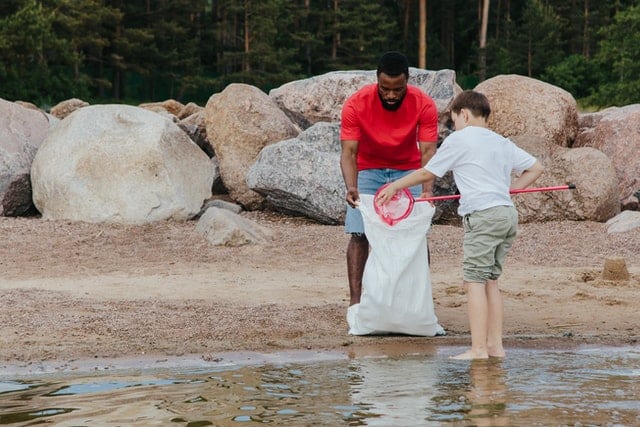
Participate in Local Biodiversity Activities with Your Families
Since this is an international celebration, you can research online what activities other members and organizations of your community are doing to celebrate this important day and participate with your families.
Maybe one of your local parks is hosting a clean-up event to remove invasive plants from your local environment, or for those that are more capable could be the removal of imported animals. Both can seriously impact negatively the flora and fauna biodiversity in your area, and even take over as the phytons here in Florida.
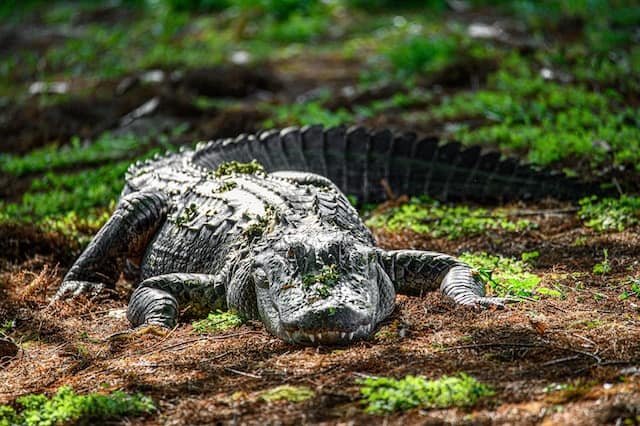
Any of these activities could make a huge difference in everybody’s lives.
Read to Your Preschoolers
There are hundreds of books about animals, nature, plants, ecosystems, etc. Read some of them, to teach your children about these important topics. The saying “knowledge is power” is real. Knowledge gives the ability to make good, logical, and ethical decisions, and the ability to survive and thrive. Use it.
These are some of my favorite books about biodiversity-related topics. If you don’t have any available, you can go to your local library, or used book store and use my links on the pictures to quickly get them from Amazon. Get as many as you can, read them to your preschoolers, and fill your library and centers with them.
Pin It for Later
If you don’t have time to read these ideas but want to do it later, just pin it to one of your Pinterest boards.
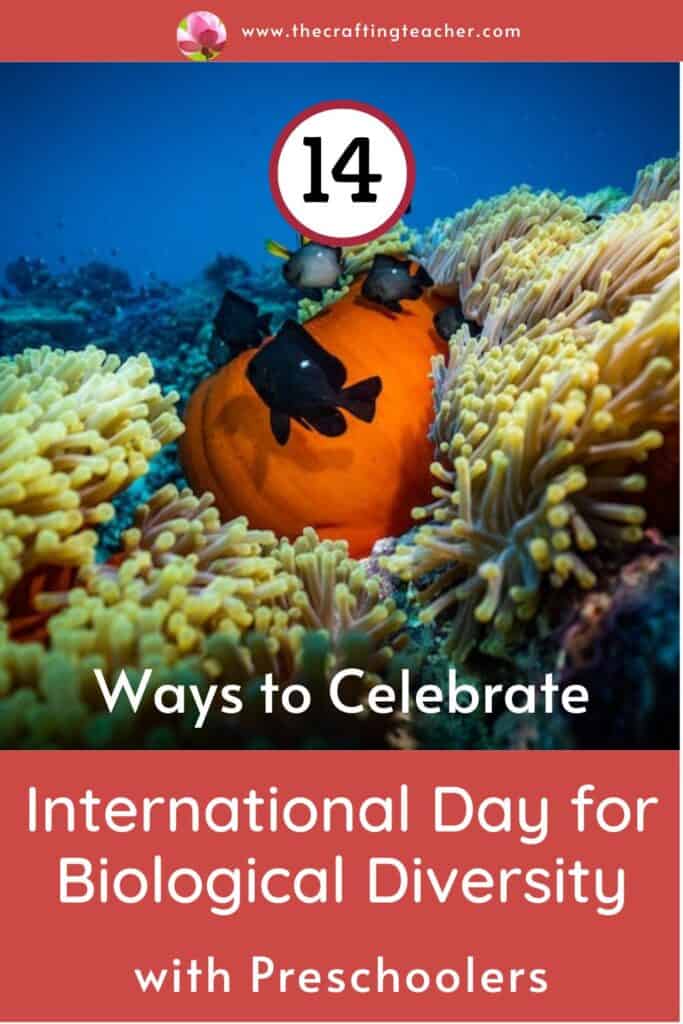
It doesn’t matter how advanced is the world technologically speaking, we all depend on the natural world to survive. Every life on this planet is connected in one way or another, and we cannot survive without each other.
Don’t limit the International Day of Biological Diversity to participate in and educate about it. Celebrate the diversity of our natural world and involve your preschoolers in it every day. Together we can change the damages we already caused. It doesn’t matter if you didn’t participate in it directly, it involves you too.
I hope you enjoy these ideas, and help you have fun during the International Day for Biological Diversity celebration with your preschoolers.
I’ve included a small FREE pack with the pictures, definitions, and infographic for you. To get it, you just have to click on the link below and type your information, for an immediate download.
Be happy, safe, and creative. I wish you well.
Love,

P.D. Please let me know if any of these ideas worked for you, or if you think I need to add or replace something. My goal is to help you in any way I can.

